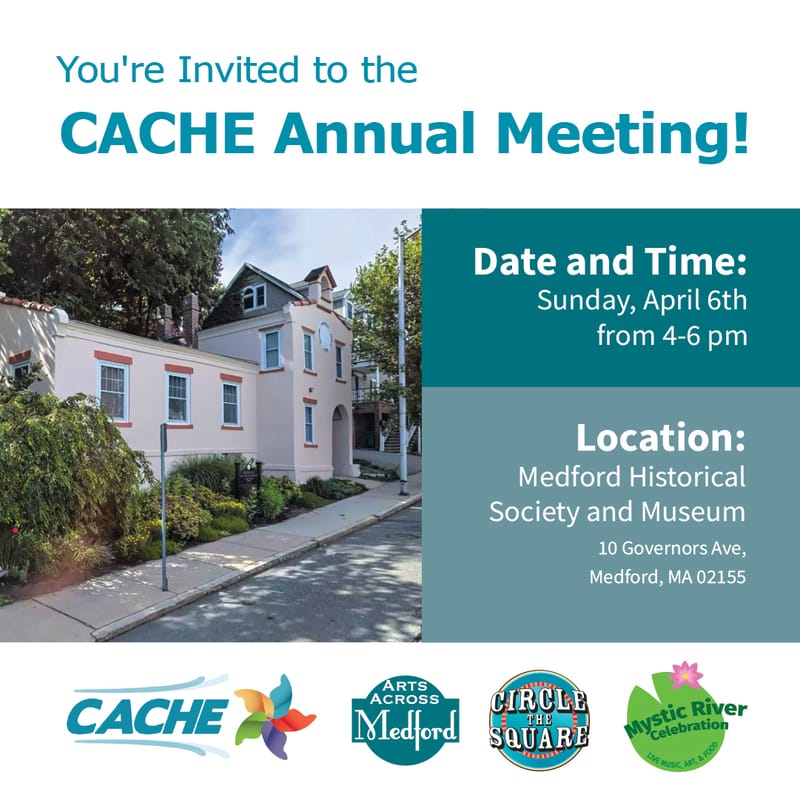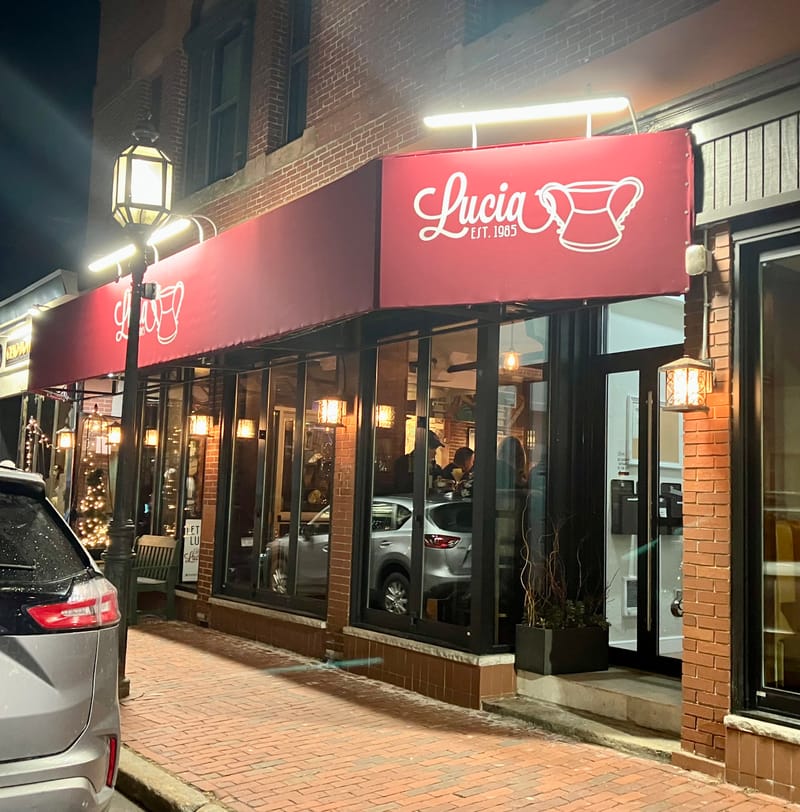FOOD GIRL: Duck, duck, not goose
Christmas dinner this year was a roasted duck adventure. With minimal prep, creative seasoning, and a layer of baby potatoes, the result was crispy, tender perfection. Duck might be lean on meat, but it’s rich in flavor—an experiment worth repeating!
Christmas dinner is always just my husband and me and occasionally a niece. We don’t have kids, our parents are dead, and the rest of our family is scattered.
No, no. No “ahhh, that’s so sad.” It’s not sad, it’s not sad at all. It means we get to do whatever we want on Christmas day. We could go to Tahiti if we wanted to without offending anyone (except maybe the Tahitians). We could go skiing, if we skied.
In reality, we don’t go anywhere, which is also good in itself, and we get to eat whatever we want because we don’t have 14 family members with a variety of real or imagined dietary restrictions. Our dietary restrictions include only things we don’t like.
So, Christmas dinner is always an open runway for us and since “us” only adds up to two, we often splurge. Not Kobe beef, French truffles or Beluga caviar kind of splurging, but it could be fresh scallops, hen-of-the-woods mushrooms and the $12 caviar from Whole Foods.

However, this year it was duck.
I’ve cooked a lot of things over the years, but somehow, I’d never cooked a duck. Or a goose, for that matter. It’s not that it intimidates me or anything, I just never had a call to. But when tossing around ideas on what to do for Christmas dinner, Rich tossed out duck. Sounded good to me.
I admit I didn’t do a whole lot of research before popping the bird in the oven. I read the directions on the package, which were lame, at best. They basically said remove from packaging, season to taste and roast for about 30 minutes per pound.
Season to taste? It’s a raw bird – do I look like my tuxedo cat? I’m not tasting a raw bird, and once it’s cooked, it’s kind of a done deal.
So, I did what every self-respecting person who doesn’t know how to do something does. I Googled it.
Let me tell you, there are a lot of opinions out there on how to cook a duck – I’m sure you find that shocking. To brine or not to brine, whether or not to score the skin, cooking times, herbs etc. But I think it was Mark Bittman (food guy for the New York Times – amazing food guy!) who said there really isn’t a bad recipe out there, it really comes down to preference.
I did not brine. I did score the skin and I inflated the bird with garlic, a cut up lemon and a cut up orange (and by that, I mean I stuffed the cavity). I seasoned liberally, as they say, with pink Hawaiian sea salt because for some reason I have a lot of pink Hawaiian sea salt.
Salt was a very popular gift for a while a few years back, so I have pink salt, of both the Hawaiian and Himalayan variety, smoked salt, sea salt, French salt and Italian salt or “Fiori & Salt,” which includes but is not limited to chamomile, lavender, poppies, yarrow, marigolds, lime flowers and wild orange peel (no tame orange peels for my salt!). I haven’t used the Fiori & Salt for anything yet, but I do take it out and smell it from time to time.
I also seasoned the duck with black pepper and a smattering of ras-el-hanout, only because I didn’t know what else to use and ras-el-hanout is just this wonderful mixture of cumin, ginger, turmeric, cinnamon and other spices that lately I find myself putting on everything. I then set it atop a layer of baby potatoes and stuck it in the oven at 350 degrees.
Everything I did read and the one person I did talk to said to cook it low and slow until the skin is crispy and the meat is rare. I got crispy, but not quite rare (they really need a timer like the turkeys have) but it didn’t matter because it was perfect!
I even topped it with a little of the orange sauce that came in a bag inside the bird, which sounds icky but really wasn’t too bad. A little went a long way, though. And the little potatoes that acted as my rack? Delightful!
My only complaint is there isn’t a lot of meat on a duck, which I should have realized. They fly a lot, they’re all sinew and fat, which is what makes what meat there is so tasty.
Oddly enough, just before Christmas, I happened to catch a “Julia Child: Cooking with the Masters” on PBS – I don’t know who the master was, I tuned in half-way through it, but he was making soup with duck bones.
Guess what I’m doing this weekend! I’ll keep you posted!
Recipe: Roasted Duck
Ingredients
- 1 duck
- 4-5 cloves of garlic
- 1 lemon, sliced
- 1 orange, sliced
- Salt, pepper and spices of your liking
Directions
Make sure the duck is thawed. Remove from packaging, remove giblets and do whatever you wish with them, rinse bird with cold water and pat dry.
Using a sharp knife, score the duck’s breast in a diamond pattern. Try not to cut through to the meat – it’s a little tricky and not the end of the world if you do – but try not to.
Season the bird pretty liberally with salt, inside and out, add pepper and really whatever spices you like to the outside. I used a tablespoon or so of ras-el-hanout and rubbed it all over. You could use sage, thyme, ginger, rosemary, or even the Chinese 5-spice powder.
Then peel four or five cloves of garlic, slice one lemon and one orange and stuff it all inside the bird. It’s okay if some of it spills out. You could swap out one citrus for an onion if you prefer.
A lot of recipes tell you to tie the legs together, tucking the tail under them, and that’s probably a good idea, but I never seem to do it with any other fowl so I kept my streak intact here and it was fine.
Place duck in a large roasting pan on a rack – you don’t want it sitting in all that duck fat.
I did not have a rack (I have an old roasting pan), which is why I sat mine on a layer of baby potatoes. Don’t use ones that are too large, though, because surprisingly, they do not overcook. I thought they would, but they were pretty perfect, yet the ones that were on the larger side were most definitely undercooked. We ate them anyway, we’re not hard to please.
The perfect, internal, I-don’t-have-to-issue-a-warning-about-undercooked-meat temperature is 165 degrees. That’s done, but not too done. A more medium rare temperature would be about 130 degrees. I went to 160 because I’m easily distracted, but for our bird that was perfect. Done through, but still juicy and tender.
Remove duck, careful not to spill the fat (and reserve it to use for another dish later – it’s very tasty) and place it on a platter or cutting board and let rest for about 5 minutes.
To carve, slice off each side of the breast as close to the rib cage as you can. Cut off the legs and really that’s about it. The rest is good for picking at.
Serve with the “rack” potatoes and your favorite vegetables.
Key is – don’t be intimidated. It’s just a duck, another bird, a fowl – keep an eye on the internal temperature and you’ll be fine.
Chris Stevens is an award-winning journalist with more than 30 years of experience. She wrote a popular weekly food and dining column for the Lynn Item and was a food reporter for Gannett Media.






